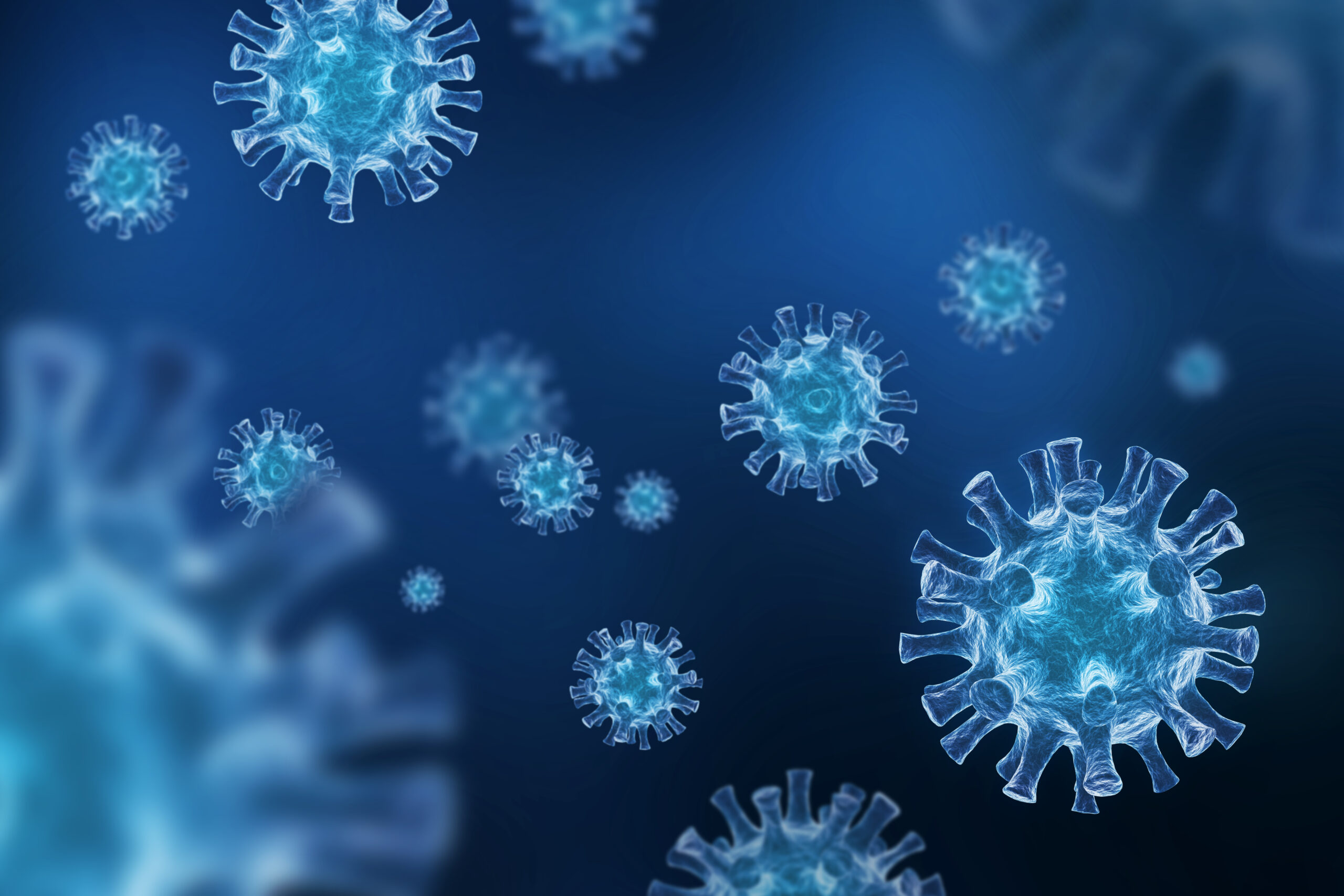
Release date: 2021.04.27
The new coronavirus is spreading again. The cause is the epidemic of mutant strains that are highly infectious and have a high risk of becoming severe. According to the Ministry of Health, Labor and Welfare, the number of mutant-infected persons nationwide confirmed by genome (total genetic information) analysis was 1,646 by April 20, of which 1,562 (94.9%) were British strains and Brazilian strains. There are 62 (3.8%) South African strains (22 (1.3%)) (E484K is not subject to screening tests). These strains are said to be of British origin with the N501Y mutation. In particular, most of the newly infected people in the Kansai region such as Osaka prefecture are considered to be British stocks.
The spike protein on the surface of the new coronavirus is formed by 1,273 amino acids, of which the 319th to 541st amino acids are called the receptor binding domain (PBD), which is a receptor angiotensin converting enzyme in human cells (" ACE) Join to 2. N501Y is a mutation in this PBD, and it is thought that the 501st amino acid was replaced from N (asparagine) to Y (tyrosine), making it easier for the virus to attach to ACE2.
British stocks are said to be 1.32 times more infectious, with an “effective reproduction number,” which indicates how many people an infected person infects, compared to 0.94 for conventional stocks. A UK report puts the infectivity 1.7 times higher. In addition, British stocks are said to increase the risk of severe illness. In Osaka Prefecture, the percentage of severe cases in the third wave was 17.5% for those under the age of 50, but it has risen to 35.6%% among those infected with the mutant strain (as of April 19, 2021). In addition, the average number of days from onset to severe disease was 8 days for the conventional strain, but 6.5 days for the mutant strain. The UK strain is more susceptible to infection in children than the conventional strain, and about 20% of those infected with the UK strain are under the age of 10.

Based on the screening results from April 12 to 18 by the Tokyo Metropolitan Health and Safety Research Center, E484K accounts for about 57% of the mutant strains in Tokyo, which is higher than N501Y's about 33%. E484K is a new coronavirus surface spike protein in which the 484th amino acid is replaced with K (lysine) from E (glutamic acid). It is said that there is no mutation in properties such as markedly increased infectivity or increased symptoms. However, it has been pointed out that this mutation may have the property of escaping from antibody attack and may reduce the immune and vaccine effects compared to conventional strains. The Ministry of Health, Labor and Welfare has excluded E484K from screening because it is not as infectious as N501Y.
Although there are few reports in Japan, there are also Brazilian strains and South African strains as viruses with mutations in both "N501Y" and "E484K", and it has been pointed out that the infectivity is strong and the vaccine effect may decrease.
By April 26, 21 cases of new corona caused by a mutant strain derived from India have been found and attracted attention in Japan. This was due to two major mutations in the spike protein: E484Q [the 484th was replaced from E (glutamic acid) to Q (glutamine)] and L452R [the 452nd was replaced from L (leucine) to R (arginine)]. However, it has strong infectivity and there is concern that the effects of immunity and vaccines will decline. Currently, the number of cases of new corona is increasing rapidly in India, and more than 350,000 infected people are reported per day, and the influence of the mutant strain is pointed out.
In addition, new mutant strains that bypass PCR have also been found in France. Although symptoms were observed, normal PCR tests showed negative results, and PCR tests and antibody tests in which samples were collected from the lower respiratory tract confirmed infection. Although it has not been found that it is becoming more severe or highly infectious, there is a risk that the infection will spread without being noticed, and it may pose a new threat.
MEDIUS Group is developing a business centered on the sale of medical equipment. We (Medical + us) involved in medical care also want to play the role of an information source (Media) that delivers useful information for the medical field and people's healthy tomorrow.